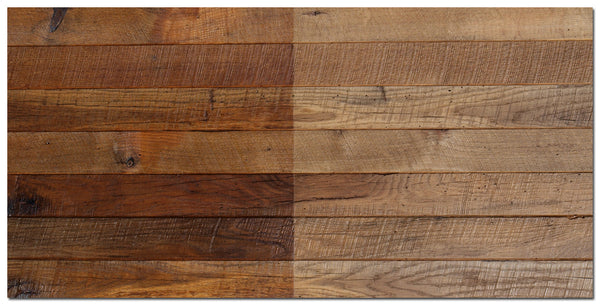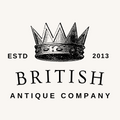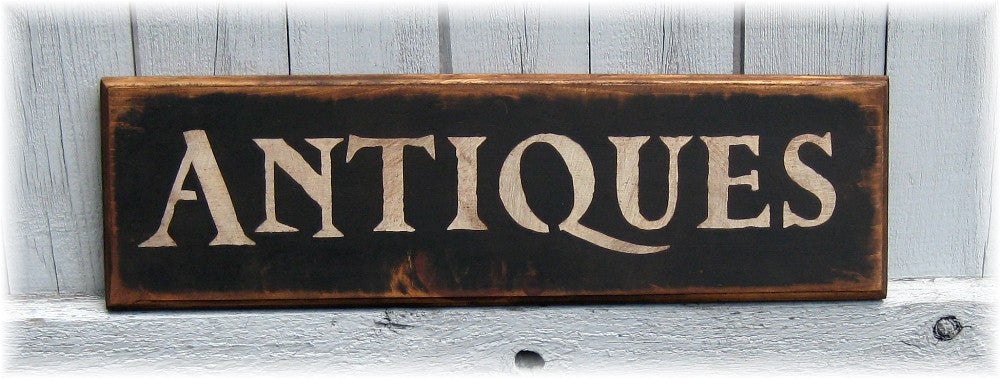Cleaning regular modern furniture is simple. Spilled drinks on it? Wipe it off with soap. Dirty? Wipe it off with soap. Moldy? Wipe it off with soa- Okay.. you get the idea.

Learning to clean antiques however, is a whole different ball game. Lots of care has to go into the process, at times using specific tools (And that tool isn't always soap). At first, it might sound like a hassle, but, done right, antiques are really worth the keep. If you don't think so, read "6 Reasons You Should Own Antiques", If you agree, read on!
A Clean Home Is a Happy Home.

And a clean antique, well, just looks fabulous. Previously, in one of our posts, we taught readers how to clean silverware. Today we'll be looking into caring for wooden antiques. The one golden rule for cleaning wooden antiques is NEVER use spray furniture cleaning products. (Even the ones with Lemon Oil.. we'll get more into that later.)
General cleaning products can cleave an oily residue on your antiques, damaging the 'patina' of your wooden antique. Patina is mellowing of the surface attained by the wood through use, polishing and time. It gives the piece a warm glow that can only be truly obtained through natural ageing. Patina is challenging to describe, close to being known as 'skin' of the furniture, transforming the wood from its original look into a darker, richer hue. Compare below! (Left patina, right original wood)

Lemon Oil
So, How can we clean while still holding the integrity of the antique? Simple. Lemon Oil. Lemon oil has been around for a long long time and been used to clean wooden furniture. An effective traditional method.

So, the first step you want to do is remove the dirt and dust off the piece. If you skip this step, you're essentially just rubbing the dust and dirt around on the piece as you clean it. Use a vacuum or duster, a fine and soft toothbrush to get between the nook and crannies. Take extra care to be gentle.
After you're dusted the piece off, its time to clean and give your antique back its shine. Take the lemon oil and lightly sprinkle it lightly over the surface. Take the cloth and wipe the wood to and fro, always going with the grain.
The grain of the wood is referring to arrangement of wood fibers. (Below) The fibers go horizontally, so only clean from left to right gently.
Clean along the grain

Never press too hard onto the wood, nor attempt to scrub it. Avoid cleaning around areas where there are cracks or the wood is exposed.

In the case of serious stains, scratches or spills, Avert from DIY procedures, Instead contact a professional to access the piece.
A cleaning procedure can take less then 10 minutes. Lemon oil can be found at any hardware store. Cleaning wooden antiques really isn't that hard at all (Just that this post decided to explain too much...). Well, we did mention 'seem like a hassle at first'.
Stay tuned to our video guide, which will be released on YouTube soon. Go shine those Antiques! Check out our vintage store for Vintage wooden furniture.
-NephewAndNieces Vintage

